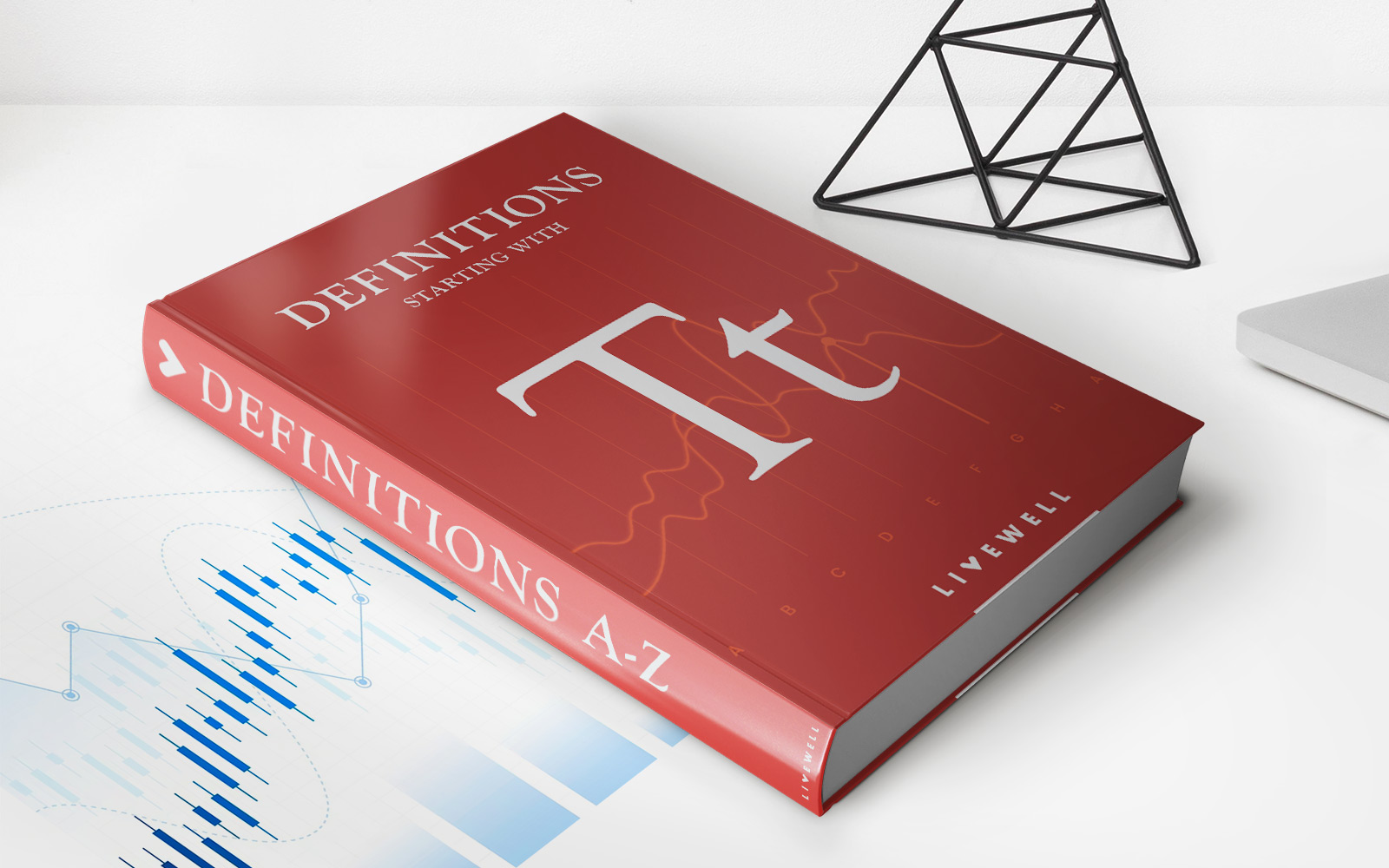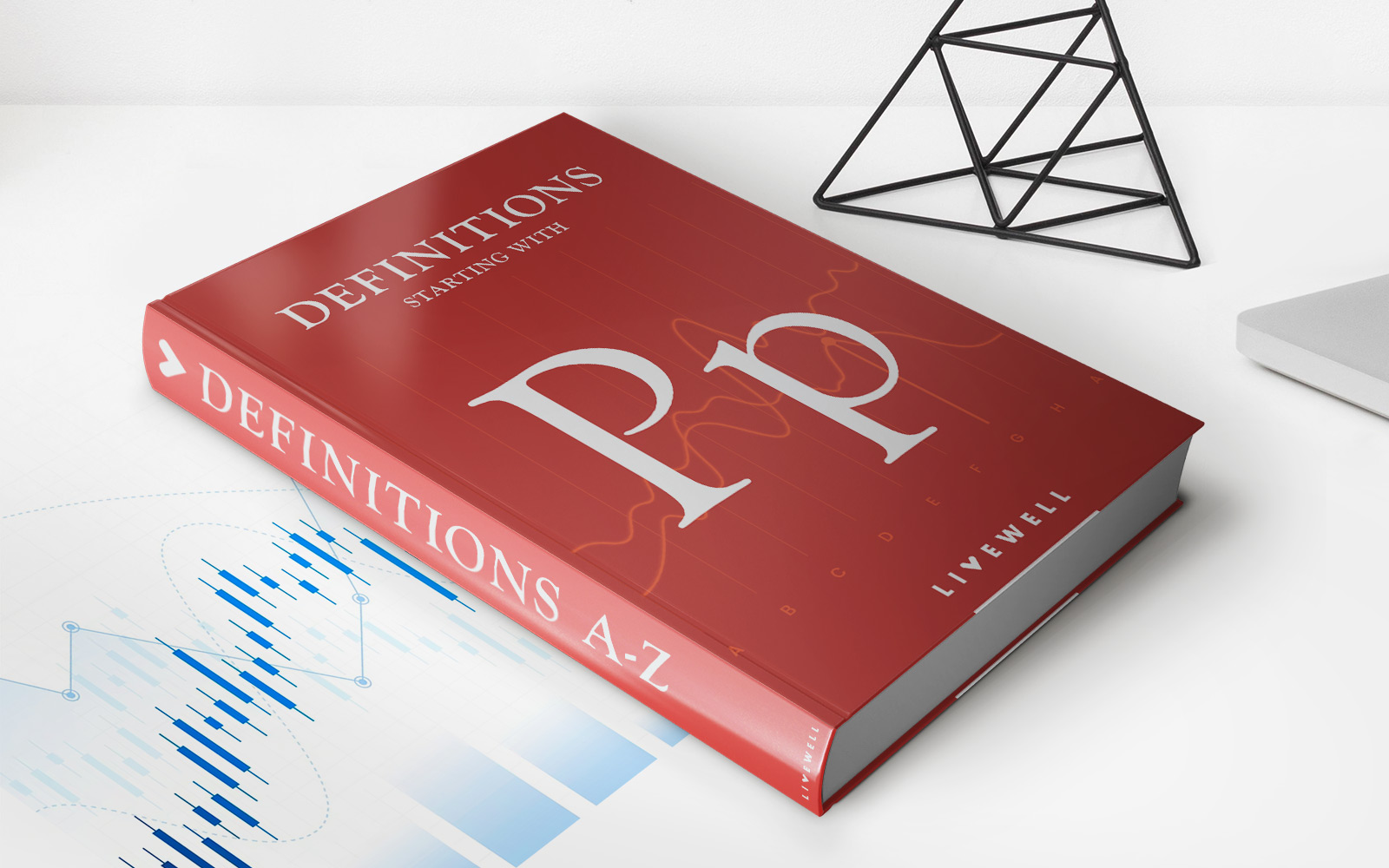Home>Finance>Net Lease Definition And Types-Single, Double, Triple


Finance
Net Lease Definition And Types-Single, Double, Triple
Published: December 30, 2023
Learn about the various types of net leases in finance, including single, double, and triple net leases. Understand the definition and benefits of each to make informed investment decisions.
(Many of the links in this article redirect to a specific reviewed product. Your purchase of these products through affiliate links helps to generate commission for LiveWell, at no extra cost. Learn more)
Net Lease Definition and Types—Single, Double, Triple
Are you looking for a comprehensive understanding of net leases and their various types? Look no further! In this blog post, we will dive into the definition of net leases and explore three common types: single, double, and triple net leases. By the end, you’ll have a better grasp of these lease agreements and how they can be beneficial in the finance world.
Key Takeaways:
- Net leases are agreements where tenants assume responsibility for additional expenses, such as taxes, insurance, and maintenance costs.
- Single, double, and triple net leases differ in the degree of financial responsibility assigned to tenants, with triple net leases putting the most financial burden on the tenant.
Now, let’s delve into the details of net leases.
What is a net lease?
A net lease is a commercial lease agreement in which the tenant takes on the responsibility of paying for certain additional costs associated with the property they are leasing. These costs typically include property taxes, insurance, and maintenance expenses. By shifting some of these financial obligations to the tenant, net leases allow property owners to offload some of their financial burdens.
Net leases are commonly used in commercial real estate, providing a win-win situation for both landlords and tenants. The landlord benefits from reduced operational costs, while the tenant gains more control over the leased property.
The Three Types of Net Leases
There are three main types of net leases: single, double, and triple net leases. Let’s take a closer look at each:
1. Single Net Lease
In a single net lease, the tenant is responsible for paying property taxes in addition to their base rent. The landlord, on the other hand, usually handles other expenses like insurance and maintenance. This type of lease is often found in multi-tenant properties, such as shopping malls or office complexes, where tenants share common spaces.
2. Double Net Lease
A double net lease, also known as a net-net lease, takes the concept a step further. In addition to property taxes, the tenant is responsible for paying property insurance costs as well. However, building maintenance costs remain the responsibility of the landlord. This type of lease is commonly used in the industrial real estate sector.
3. Triple Net Lease
A triple net lease, often referred to as an NNN lease, requires the tenant to assume a significant financial burden. In addition to property taxes and insurance costs, the tenant is responsible for covering all maintenance expenses for the property. Triple net leases are commonly found in single-tenant commercial properties, such as freestanding retail buildings or single-tenant office buildings.
Triple net leases are attractive to both landlords and investors as they provide a reliable, long-term source of income while minimizing their financial obligations for property maintenance.
The Benefits of Net Leases
Net leases offer a range of benefits for both landlords and tenants:
- Tenant Benefits:
- Greater control and autonomy over the property.
- Potentially lower rental rates compared to gross leases.
- Avoidance of unexpected expenses, as additional costs are known upfront.
- Landlord Benefits:
- Reduced financial obligations for property taxes, insurance, and maintenance.
- Stable, predictable income stream from tenants.
- Shared responsibility for property upkeep, reducing managerial workload.
Overall, net leases provide a mutually beneficial agreement for both landlords and tenants, offering a degree of financial flexibility and stability.
Conclusion
Net leases, whether single, double, or triple, provide a unique way for landlords and tenants to share financial responsibilities in the commercial real estate world. By understanding the different types of net leases and their benefits, both parties can make informed decisions when entering into lease agreements.
Remember, if you are considering entering a net lease, it’s always wise to consult with a professional real estate advisor or attorney who specializes in this field. They can guide you through the process and ensure a smooth transaction.
Do you have any questions about net leases? Feel free to reach out to us, and we’ll be happy to assist!














